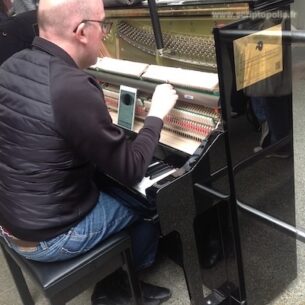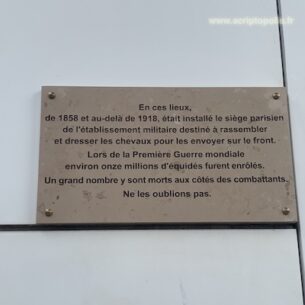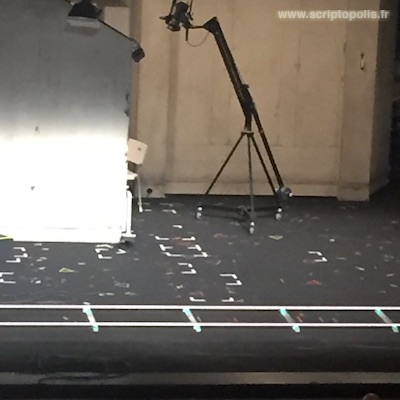Interdisciplinarities
It is not only in the sciences that interdisciplinarity has become a watchword in the strictest sense. I do not mean a commandment, but a set of actions linked to statements by a “social obligation” – in this case, the requirement for different professions to articulate themselves in order to apprehend subjects (randomly, climate change) in the plurality of their dimensions. In the living arts, the mixing of the genres of music, theatre and dance has a long history. Conservatories introduce classical dancers to lyrical singing and the practice of the piano is encouraged. During the castings, actors are called upon to train in circus arts or to take singing lessons. All of them are also encouraged to collaborate with other professionals to write a common score.
But it’s not just about the score or the script. The dialogue, the confrontation of aesthetics or the borrowing of methods involves, among other things, a multitude of scriptural operations that are less prestigious and sometimes more visible. For example, the layout of these square marks on the stage indicates to the cameramen – the last to arrive in the great bath of live performances – where to position their camera to film the actors and transmit their shots to the large screen positioned above the stage, while the triangles indicate to the stagehands where to move the sets that the lighting technicians, actors and cameramen follow. The success of the show lies in their collective ability to orient themselves in these interdisciplinary layouts that overturn the aesthetics of the stage while at the same time redrawing the movements on the set and backstage.







